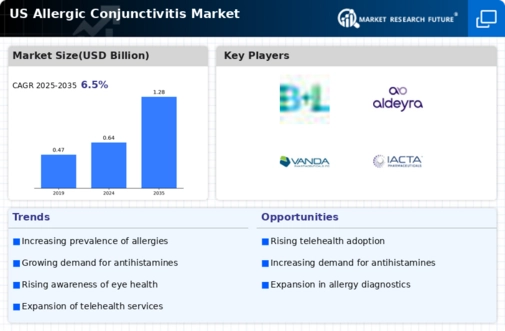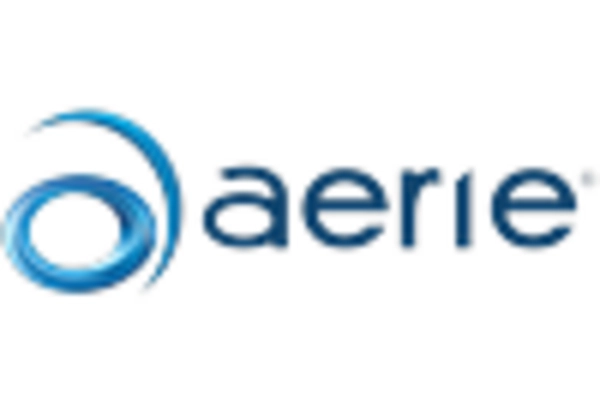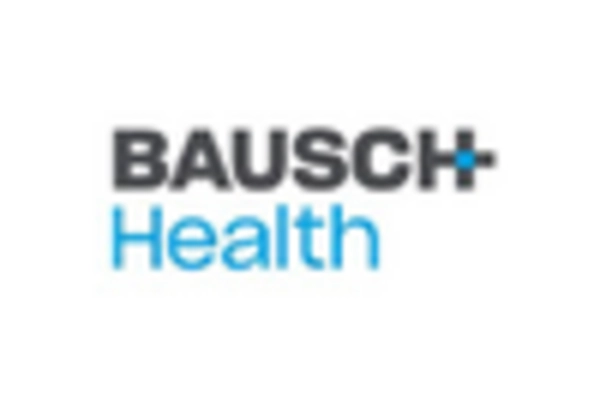Market Analysis
In-depth Analysis of US Allergic Conjunctivitis Market Industry Landscape
The market dynamics of allergic conjunctivitis in the United States showcase a complex interplay of factors influencing the prevalence, diagnosis, and treatment of this common eye condition. Allergic conjunctivitis is a widespread allergic reaction affecting the conjunctiva, the clear layer covering the white part of the eye. In the U.S., the market for allergic conjunctivitis is significantly influenced by the increasing incidence of allergies, environmental factors, and advancements in healthcare. The increasing frequency of allergies market in the United States widen the nature of the allergic conjunctivitis market further. As for the conjunctivitis, of the allergic type, the majority of people who suffer such a problem are now those who also experience seasonal allergies, so the need for effective treatments become more and more in demand. The environment, for instance, pollen amounts and air pollution have the most implication with the allergy triggers leading to conjunctivitis. Apart from that, while these inputs bear influence to the market, it also leads to development of the more sustainable and effective models of solutions being implemented, when it comes to environmental problems. There are also diagnostic progresses that help in forming the evolving market dynamics of allergic conjunctivitis in the American market. Better diagnosis methods and techniques are used in the health care centers to accurately determine the type of conjunctivitis. Therefore, tailor-made and personalized treatment forms can be devised making it easy to deal with the particular type of conjunctivitis. Timeous and accurate diagnosis is critical in managing of allergic conjunctivitis acts as a keystone and the companies embraces various technologies that improves the diagnosis accuracy. Allergy conjunctivitis treatment options in the U.S. include over-the-counter antihistamine drops and prescription medications. It is a varied landscape in terms of pharmaceutical remedies. The way the market is working is often being created by pharmaceutical companies, which are incessantly working to bring something new and more effective into the market. Pharmaceutical industry is spending its energy on formulating of new medicine and designed delivery channels in order to improve the rate of patient adherence and contentment. Therefore, the market anticipates the strategic collaborations and partnerships between drug companies and healthcare providers to reach the wider patients before the prescription.
Patient awareness and education initiatives contribute to the overall market dynamics by fostering a better understanding of allergic conjunctivitis and its management. As individuals become more informed about the condition, there is a growing demand for preventive measures and proactive approaches to minimize the impact of allergic conjunctivitis. This shift in patient behavior influences the market towards preventive and long-term management solutions.

















Leave a Comment